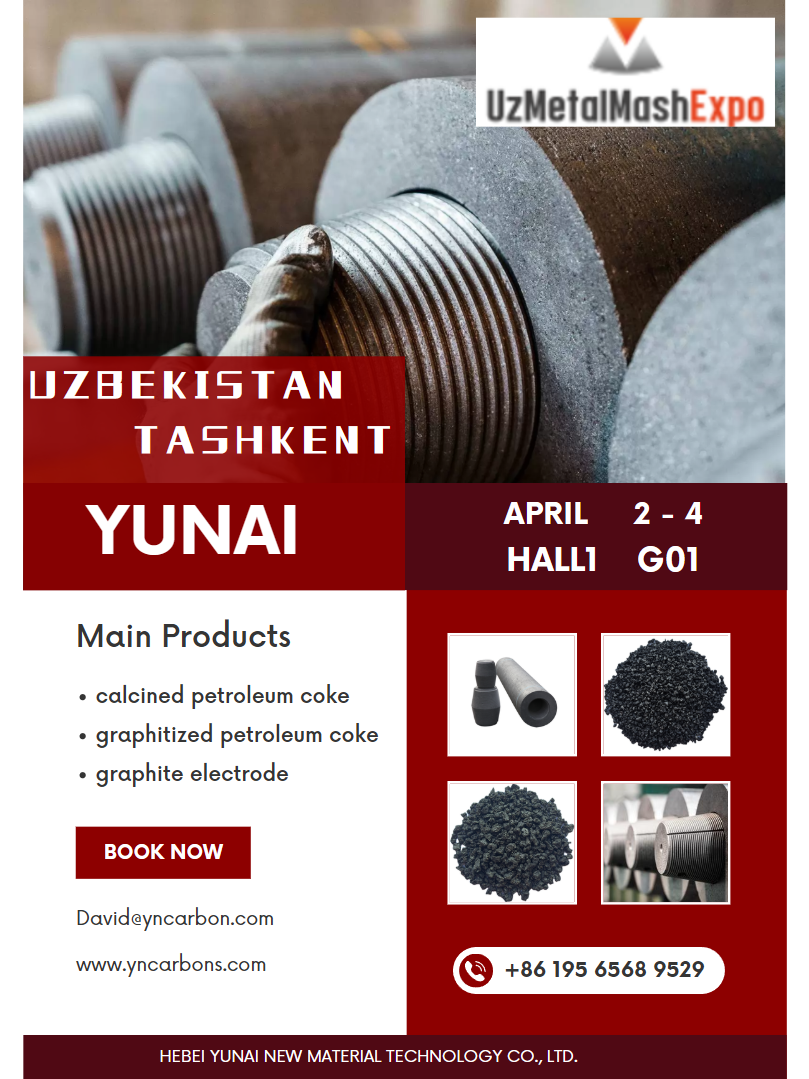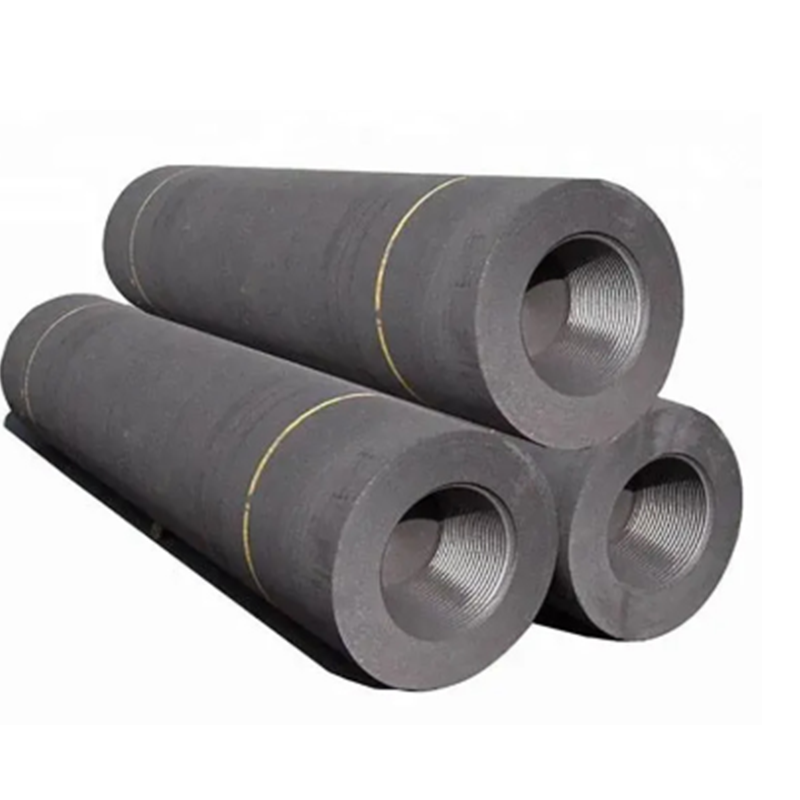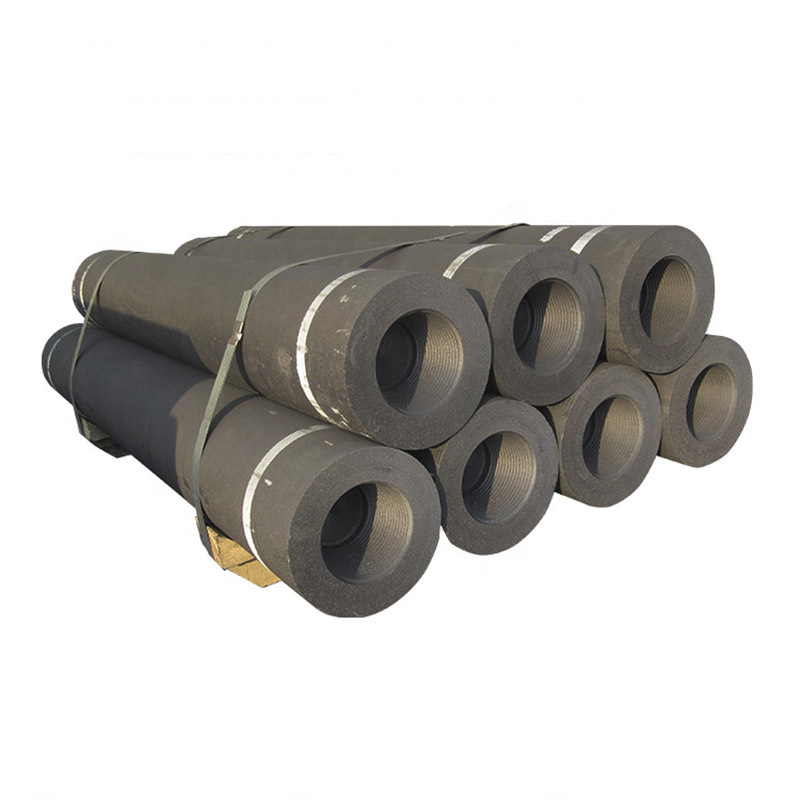Understanding Carbon Graphite Electrodes: Essential Components in Metallurgical Applications
Release Time:
Jun 29,2025
Carbon graphite electrodes play a pivotal role in various industrial processes, particularly within the metallurgy and energy sectors. These electrodes are primarily utilized in electric arc furnaces (EAFs) for steelmaking and in other applications where high-temperature electrical conduction is essential. Understanding their composition, manufacturing processes, and applications can provide valua

Carbon graphite electrodes play a pivotal role in various industrial processes, particularly within the metallurgy and energy sectors. These electrodes are primarily utilized in electric arc furnaces (EAFs) for steelmaking and in other applications where high-temperature electrical conduction is essential. Understanding their composition, manufacturing processes, and applications can provide valuable insights for professionals in the field.
At the core of carbon graphite electrodes is a blend of high-quality petroleum coke and coal tar pitch. The manufacturing process involves mixing these raw materials, followed by shaping them into cylindrical forms, and then subjecting them to high-temperature treatment. This process, known as graphitization, transforms the material into a highly conductive and stable form of carbon. The unique structure of graphite allows for excellent electrical conductivity, thermal resistance, and mechanical strength, making it a preferred choice in demanding environments.
One of the key applications of carbon graphite electrodes is in electric arc furnaces, where they are used to provide the electrical energy required to melt scrap steel and other ferrous materials. During this process, an arc is created between the electrode and the scrap material, generating temperatures that can exceed 3,000 degrees Celsius. The ability of carbon graphite electrodes to withstand such extreme conditions, while maintaining their structural integrity, is essential for the efficient operation of EAFs.
In addition to their role in steel production, carbon graphite electrodes are also employed in other metallurgical processes, such as aluminum smelting and the production of ferroalloys. Their applications extend beyond metallurgy into the realms of chemical industries and battery production, highlighting their versatility and importance in various manufacturing sectors.
Moreover, carbon graphite electrodes have been recognized for their environmental benefits. The use of EAFs, which utilize these electrodes, results in lower carbon emissions compared to traditional blast furnace methods. This shift towards more sustainable practices is critical as industries strive to meet increasingly stringent environmental regulations.
While carbon graphite electrodes are indispensable for numerous high-temperature applications, it is vital for industry professionals to stay updated on advancements in materials science and technology that may enhance their performance. Continuous research and development are essential for improving the efficiency of these electrodes, such as exploring alternative materials or innovative manufacturing techniques.
In summary, carbon graphite electrodes are crucial components in metallurgy and energy applications. Their unique properties and extensive applications make them a focal point for innovation and sustainability in the industry. As professionals in the field continue to explore their potential, understanding the fundamentals of carbon graphite electrodes will remain vital for success in the ever-evolving landscape of metallurgical practices.
At the core of carbon graphite electrodes is a blend of high-quality petroleum coke and coal tar pitch. The manufacturing process involves mixing these raw materials, followed by shaping them into cylindrical forms, and then subjecting them to high-temperature treatment. This process, known as graphitization, transforms the material into a highly conductive and stable form of carbon. The unique structure of graphite allows for excellent electrical conductivity, thermal resistance, and mechanical strength, making it a preferred choice in demanding environments.
One of the key applications of carbon graphite electrodes is in electric arc furnaces, where they are used to provide the electrical energy required to melt scrap steel and other ferrous materials. During this process, an arc is created between the electrode and the scrap material, generating temperatures that can exceed 3,000 degrees Celsius. The ability of carbon graphite electrodes to withstand such extreme conditions, while maintaining their structural integrity, is essential for the efficient operation of EAFs.
In addition to their role in steel production, carbon graphite electrodes are also employed in other metallurgical processes, such as aluminum smelting and the production of ferroalloys. Their applications extend beyond metallurgy into the realms of chemical industries and battery production, highlighting their versatility and importance in various manufacturing sectors.
Moreover, carbon graphite electrodes have been recognized for their environmental benefits. The use of EAFs, which utilize these electrodes, results in lower carbon emissions compared to traditional blast furnace methods. This shift towards more sustainable practices is critical as industries strive to meet increasingly stringent environmental regulations.
While carbon graphite electrodes are indispensable for numerous high-temperature applications, it is vital for industry professionals to stay updated on advancements in materials science and technology that may enhance their performance. Continuous research and development are essential for improving the efficiency of these electrodes, such as exploring alternative materials or innovative manufacturing techniques.
In summary, carbon graphite electrodes are crucial components in metallurgy and energy applications. Their unique properties and extensive applications make them a focal point for innovation and sustainability in the industry. As professionals in the field continue to explore their potential, understanding the fundamentals of carbon graphite electrodes will remain vital for success in the ever-evolving landscape of metallurgical practices.
Keywords:
More information









